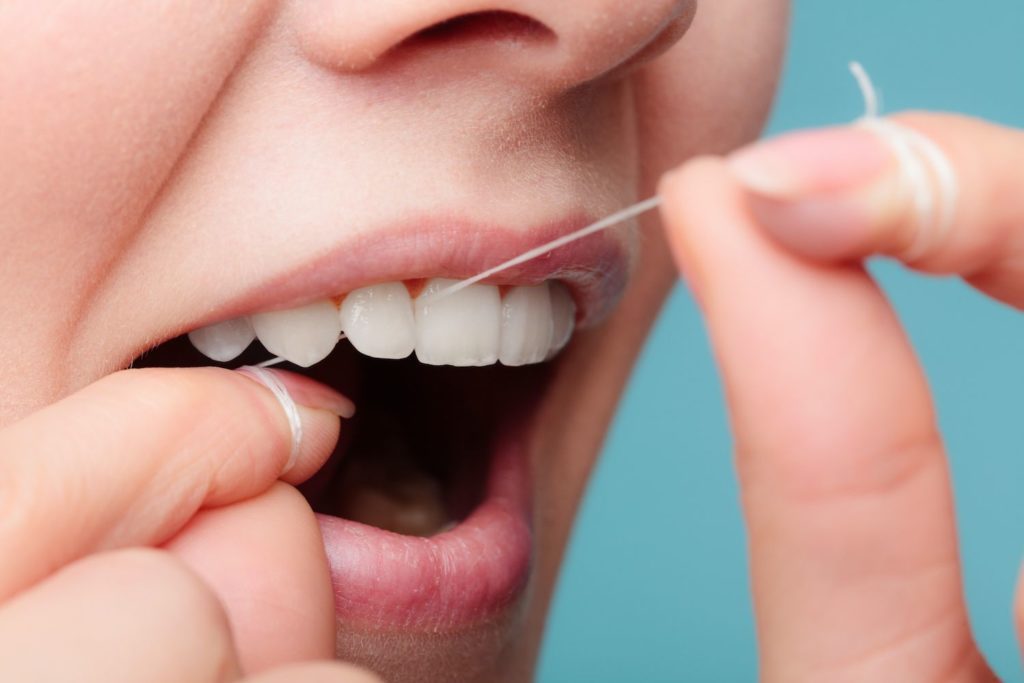As soon as you begin growing teeth as a baby, you should start flossing your teeth along with brushing. Though you may floss daily as dentists recommend, you might not be getting your teeth as clean as possible if you do not floss with the right technique.
If plaque remains on your smile due to inadequate flossing, you could suffer major dental damage. Read on to learn the proper way to floss your teeth to keep your smile looking and feeling its best.

Hold Your Floss in an Ideal Position
The way that you hold your floss will impact your ability to maneuver the string. You should use about 18 inches of floss each day that you complete your oral hygiene routine.
Wrap each end of the floss around the middle fingers of each hand. Then grip the floss between the index finger and thumb of each hand, leaving about one inch of floss to use to clean your teeth. This creates a stable foundation that also allows you to move your floss with ease. As you progress through the mouth, you can pull the string around the middle fingers to reveal a clean section of floss after you use the previous bit.
Move the Floss Between Teeth with Purpose
Once you have a secure grip on your floss, you can begin this cleaning process. Gently insert the string between two teeth. Then you will press the floss tightly against the side of one tooth and rub it up and down to thoroughly clean the area. You will do the same action in the same spot but against the other tooth.
Remove the floss and repeat this action for each of your teeth on both the top and bottom arches. Careful movements will make sure that you do not irritate your gums or otherwise hurt your smile. If you notice bleeding in your gums after flossing on a regular basis, ask your dentist for a periodontal disease screening during your next check-up.
Consider Alternative Flossing Devices
Dentists agree that traditional floss is still an effective tool for getting your teeth thoroughly clean and keeping your smile healthy. However, some patients may have specific dental issues that make this flossing method unfeasible.
Those who find string floss difficult to use can explore other flossing tools to make sure they maintain good oral hygiene. If you have braces or other orthodontic appliances, you might have trouble accessing the spaces between your teeth.
These patients may benefit by using floss picks. These disposable tools include a string of floss attached to a plastic handle. This can more easily slide between teeth as well as dental devices.
Other patients may want to try flossing with a water pick. This device generates a stream of irrigated water that cleans plaque from between teeth. Patients with dental implants and other special fixtures could benefit from this targeted flossing tool.
